Text






just in case anyone was worried. yes i’m still thinking about her
264 notes
·
View notes
Text
Adrien Agreste's Exclusive Interview with Rolling Stone Magazine

(made by the lovely @wisteriasymphony and inspired by timothée chalamet's latest cover with RS)
This is an in-universe full-length, intimate interview with "Adrien" in my fic Talk of The Town on AO3. It explores his experiences growing up in the spotlight as the face of the House of Agreste, his unique relationship with fashion and music, his struggles with public perception and the loss of personal identity, and the intense scrutiny surrounding his life and alleged relationships. Despite his immense privilege, he grapples with the consequences of his beauty and fame, and wants a semblance of control over his own narrative in a world that constantly projects its desires onto him.
The Boy in The Mirror By Claire Jeffries
Rolling Stone Magazine
Adrien Agreste arrives fifteen minutes early to the rooftop bar wearing sunglasses far too big for his face, an olive acetate pair from Jacques Marie Mage...
Read on AO3
179 notes
·
View notes
Text
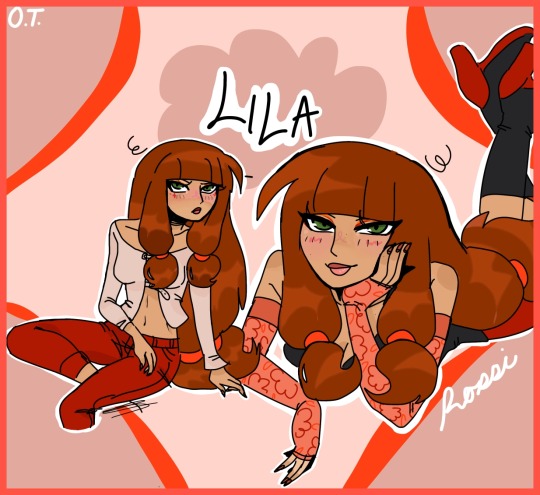
that one bald girl that lies a lot
First draft
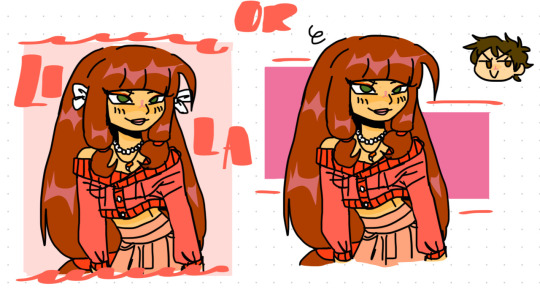
thank goodness for change ✊
Close ups too


151 notes
·
View notes
Text





















FAKEYBUG
LA TERREUR 05
PART ONE / PART TWO
Prev episode
Episode list
Script: @wisteriasymphony , @clemnoir,
@sillysiluriforme
art:@sillysiluriforme, @wormzandgutz
Fight choregraphy consultant 🗿 : @thesillyintern
2K notes
·
View notes
Link
Relationships: Félix Fathom/Lila Rossi, Adrien Agreste | Chat Noir & Félix Fathom Characters: Félix Fathom, Lila Rossi, Adrien Agreste | Chat Noir, Nathalie Sancoeur, Gabriel Agreste, Marinette Dupain-Cheng | Ladybug, Original Characters Additional Tags: Fashion & Couture, Fake/Pretend Relationship, Enemies to Lovers, Pop Culture, Alternate Universe - Canon Divergence, Mild Sexual Content, Psychological Chess Match, Celebrity culture, In-Universe Social Media, AU with Media Meta
Summary:
Félix steps into his cousin’s shoes for a global perfume campaign. Lila’s not fooled, but the world is watching, and the show must go on. - First Love, The Fragrance, if it had actually happened.
26 notes
·
View notes
Link
Relationships: Félix Fathom/Lila Rossi, Adrien Agreste | Chat Noir & Félix Fathom Characters: Félix Fathom, Lila Rossi, Adrien Agreste | Chat Noir, Nathalie Sancoeur, Gabriel Agreste, Marinette Dupain-Cheng | Ladybug, Original Characters Additional Tags: Fashion & Couture, Fake/Pretend Relationship, Enemies to Lovers, Pop Culture, Alternate Universe - Canon Divergence, Mild Sexual Content, Psychological Chess Match, Celebrity culture, In-Universe Social Media, AU with Media Meta
Summary:
Félix steps into his cousin’s shoes for a global perfume campaign. Lila's not fooled, but the world is watching, and the show must go on. - First Love, The Fragrance, if it had actually happened.
#miraculous ladybug#miraculous fanworks#miraculous fanfic#ml fic#felix fathom#lila rossi#felila#felix x lila#my works
26 notes
·
View notes
Note
Hi hi! Do you have any headcanons for Lila you’d like to share?
Yes! These are my personal headcanons for Lila Rossi (the persona not the girl hiding in the catacombs thank you very much). These traits are pretty much canon across all my fics where Lila appears:
-She was born in Milan. I’m getting Milanese vibes from her
- For some reason, she loves Dubai. No one knows if she actually has connections there or just likes the optics, but every time you open her Instagram story, she’s posting from a rooftop pool or a hotel lobby with marble floors. It’s always “back in Dubai” like she ever left.
-Favorite dessert is cannoli
- She’s tall. 5’7” (1.73m) and uses every inch of it strategically
- Her parents are divorced, and she has three step-siblings she barely tolerates but knows how to use for optics when necessary
-She’s a huge fan of Old Hollywood films, obsessed with the aesthetic, the glamour, the women, the romance, all of it. Federico Fellini is sacred to her
-Her favorite brands lean almost exclusively Italian: Prada, Miu Miu, Versace, Fendi, Bottega Veneta, Valentino. Also Diesel, especially the vintage low-rise stuff.
-She’s obsessed with the Y2K aesthetic & still carries a Motorola Razr or a hot pink iPod Nano. for use, but mostly for the style.
-Butterfly motif everywhere.
- Chronically online. She’s on every platform, runs multiple finstas and burner accounts, and has a massive real following across Instagram, TikTok (where she posts thirst traps and lipsync videos) and obscure niche forums.
-She’s into true crime and conspiracy theories, specifically the glamorized, unsolved, morally grey kind.
- Reality TV is her background noise and her academic study. specifically Love Island UK. She also loves Rupaul’s Drag Race, and drag in general
-Loves Formula 1. She knows every driver’s dating history and has very strong opinions about Monaco.
-Lip gloss over lipstick. Always.
- Her forever icon is early-2000s Britney Spears. These days, she’s a die-hard Lana stan. Ultraviolence in particular.
- When she’s angry, she never texts. She leaves voice notes.
- When she speaks French, she has a very strong Italian accent, but she speaks English better and more comfortably.
I have plenty more, they’re not coming to mind at the moment. I might add to this later!
12 notes
·
View notes
Text

I thought you were golden, I thought you were wise
363 notes
·
View notes
Text
HER!!!! ladies and gentlemen.
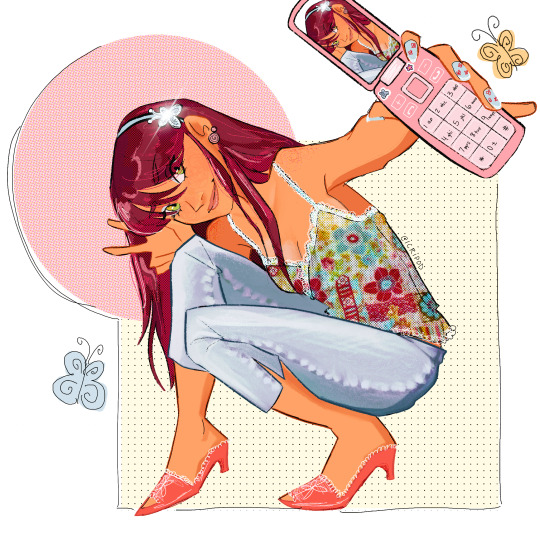
lila rossi pretty princess myscene barbie polly pocket glitter flip phone dreamhouse y2k preteen pop mp3 daylist
2K notes
·
View notes
Text



So in 'Cat Blanc' Episode, Adrien couldn't force himself to hurt his father or Marinette and aimed the mega cataclysm attack at himself.. ending up destroying and killing all of Paris, but himself staying alive due to being a sentimonster ,and as such, cataclysm cannot kill him, only make unstable. (ofc he has no idea why he survived..). As we figured out in later seasons, there are other sentibeings around..who aren't really happy their lives and families were destroyed.. and they will come for the white kitty!
477 notes
·
View notes
Text
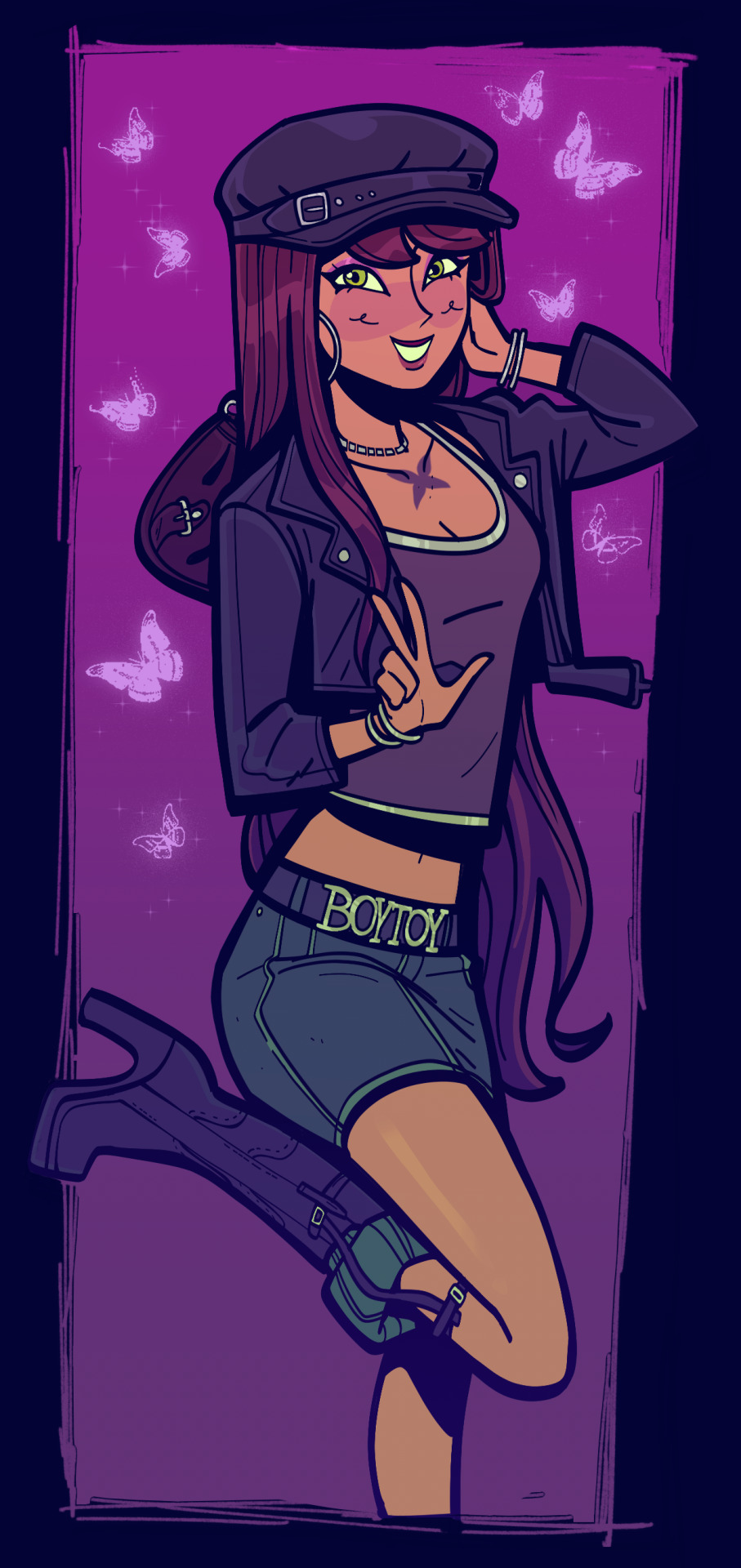
2K notes
·
View notes
Text
Marinette, Lila, and Fashion
I was having a conversation with someone about the contrast between Marinette and Lila when it comes to fashion, and I realized it’s something I think about a lot so I wanted to share my take. This isn’t based on their default cartoon outfits (because let’s be real, every character gets one look and it’s not that deep). I’m more interested in what fashion means to them, and how their personalities, values, and environments would translate into real-world style choices. Canon gives us crumbs, but context fills in the rest.
Marinette sees fashion as art; a language, a form of care, a way to make people feel known. Her design process is intimate and empathetic. She creates stories you can wear. Every piece she designs for her friends and family is specific, intentional, and so full of love. Fashion, for her, is about empowerment and emotional truth. She’s not a fan of trends at all. That’s exactly why Gabriel Agreste (in whatever Season 5 episode that was) is so offended by her, because her work uplifts people, rather than commodifying them.
Lila, meanwhile, approaches fashion as performance. Not in a bad way, but in a strategic one. For her, it’s all about image, status, seduction, spectacle. And here, to be clear, I am talking about Lila Rossi the Persona, not the real girl with no name, hiding in the catacombs. Lila doesn’t love fashion as a way to express her inner self (whatever self that is lol); she’s curating a persona to dominate the room before she even speaks. I think she’d lean into the Y2K revival, Miu Miu micro-minis, Versace, blinged-out Prada, early-2000s logomania. She loves logos. Her style is provocative, always on-message. In elite spaces, she knows appearance is currency/power and unlike Marinette, she’s not trying to connect with people through clothes but rather control how people perceive her.
They both love fashion but for entirely different reasons.
56 notes
·
View notes
Text

Insane butterfly man, wife haunting the narrative, and their magical child who is the catalyst for both of their deaths
2K notes
·
View notes
Text
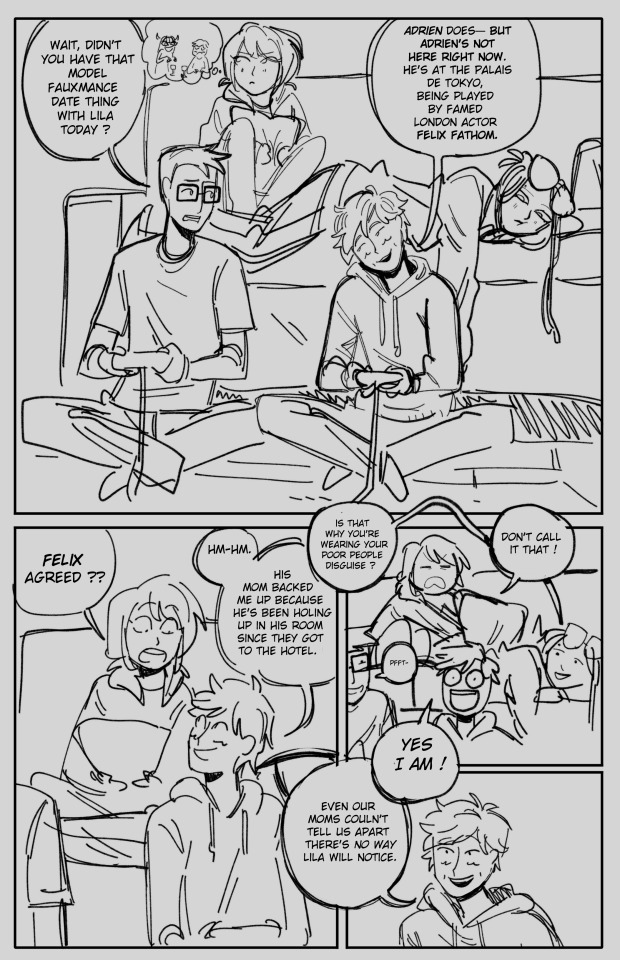

3K notes
·
View notes
Text
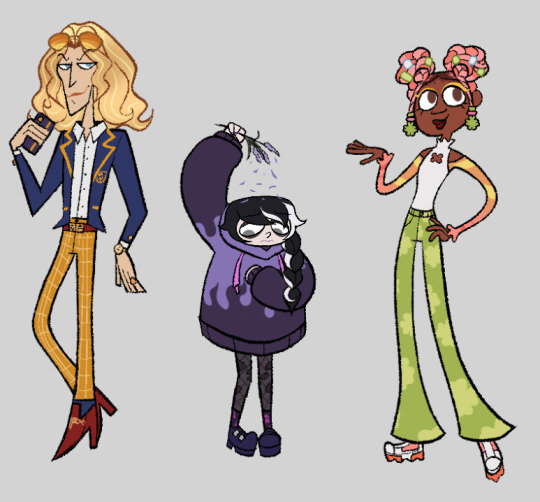
Adding in three new blorbo's to Metamorphosis
404 notes
·
View notes


